Pathway To The Stars: Part 11, A New Day
Pathway to the Stars: Part 11, A New Day
"If we can love ourselves, we can then truly understand what it means to love others and be kind. There is potential that lies within you and everyone else. It is a potential that has always been meant to exist, to bring something greater to this reality of life."
~ Sky Taylor
This story is the eleventh of the Pathway to the Stars space opera series. Sky journeys with Erin Carter and Joanne Gallant, who are now Pathway's president and vice president. On their adventure, she shows them ways to heal the Earth as well as ourselves so we can promote a healthier form of longevity.
To Sky, there is much we can do to prevent future disasters, but sometimes solutions can involve something as simple as a nice walk. In this case, unfortunately, to help Joanne figure out a mystery weighing upon her.
Meanwhile, Eliza Williams and Yesha Alevtina work for the success of the Universal Party with efforts that will affect the United States, the World, and the mission to span the Cosmos!
LCCN: 2019919255
ISBN: 978-1-951321-15-4
eBook: https://smile.amazon.com/dp/B081XNYSL4
Paperback: https://smile.amazon.com/dp/1951321154
#ScienceFiction #Scifi #SpaceOpera #Fantasy #Author #MatthewJOpdyke #EarthFirst #Preservation #ConsiderationForAllLiving #Biology #Neuroscience #Biotechnology #AI #HBCI
More Posts from Matthewjopdyke and Others


Combined as one! Further than Before: Pathway to the Stars, Parts 1 & 2 in an 8.3 x 11.7 inch novel of 400K words that hit the intellect in the best and most sophisticated ways,... through #scifi #fantasy #mustread #physics #theoreticalphysics #spaceopera #strongfemalelead #strongmalerolemodel #physiology #neuroscience #nanotechnology #longevity #CRISPR and more! Enjoy! https://www.instagram.com/p/BsP4HEpn5eV/?utm_source=ig_tumblr_share&igshid=14zfkolya34p6

Merry Christmas! I spent time with my dear and sweet Kim. Let's go #furtherthanbefore with our #pathwaytothestars where get to explore solutions to worldwide issues, directing malcontent toward a refocus of their energies to #longevity and other sciences of #physics #biotechnology and #neuroscience through entertainment that takes us on a #scifi #fantasy journey with #strongfemaleleads #strongmalerolemodels and a beautiful #spaceopera with plenty of #politicalsciencefiction in the mix. (at Gene Leahy Mall) https://www.instagram.com/p/BrUuZFvgda1/?utm_source=ig_tumblr_share&igshid=s26phhseo3jb

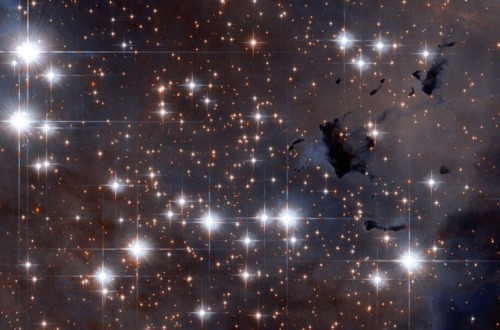

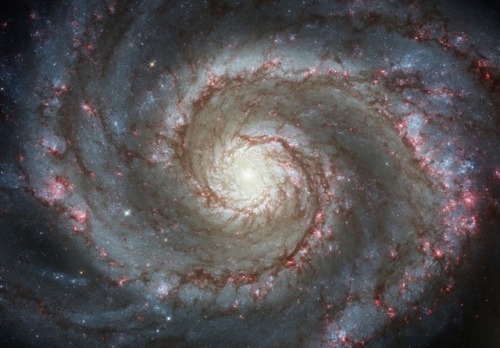



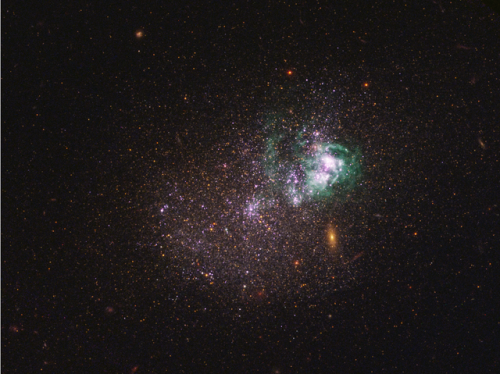
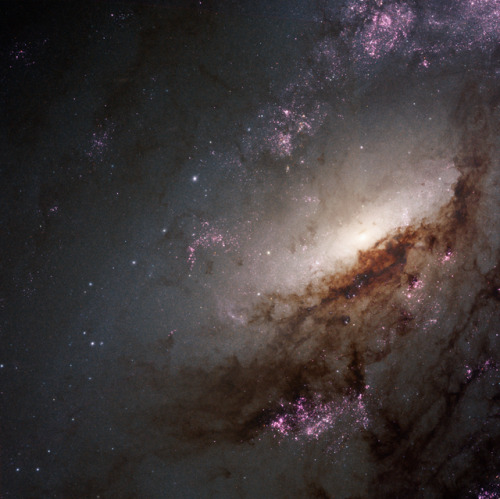
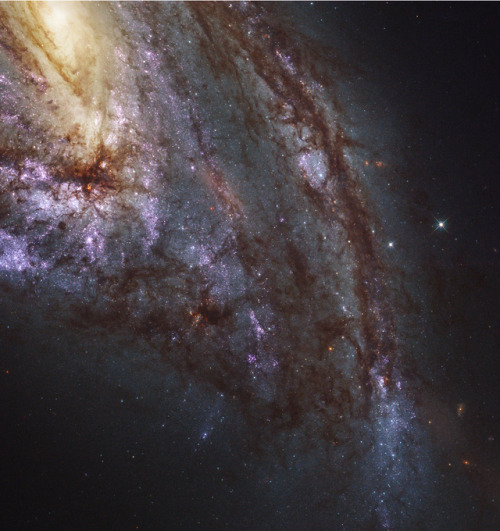
Hubble Catches New Stars, Individually, Forming In Galaxies Beyond The Milky Way
“There are a massive variety of star-forming regions nearby, and Hubble’s new Legacy ExtraGalactic UV Survey (LEGUS) is now the sharpest, most comprehensive one ever. By imaging 50 nearby, star-forming spiral and dwarf galaxies, astronomers can see how the galactic environment affects star-formation.”
Within galaxies, new stars are going to be formed from the existing population of gas. But how that gas collapses and forms stars, as well as the types, numbers, and locations of the stars that will arise, is highly dependent on the galactic environment into which they are born. Dwarf galaxies, for example, tend to form stars when a nearby gravitational interaction triggers them. These bursts occur periodically, leading to multiple populations of stars of different ages. Spirals, on the other hand, form their new stars mostly along the lines traced by their arms, where the dust and gas is densest. Thanks to the Hubble Space Telescope, we’re capable of finding these stars and resolving them individually, using a combination of optical and ultraviolet data.
The best part? These are individually resolved stars from well outside our own galaxy: in 50 independent ones. Here’s what Hubble’s new LEGUS survey is revealing.
Solar System: Things to Know the August Eclipse
We’re counting down until the August 21 total solar eclipse that will be visible across most of North America. Here are some things you can do to prepare.

1. Find A Spot
The eclipse should be visible to some extent across the continental U.S. Here’s map of its path.
Our eclipse page can help you find the best viewing locations by longitude and latitude: eclipse.gsfc.nasa.gov/SEgoogle/SEgoogle2001/SE2017Aug21Tgoogle.html
2. Citizen Science
Want to know more about citizen science projects? Find a list of citizen science projects for the eclipse: https://eclipse.aas.org/resources/citizen-science

3. Never look directly at the sun! Even during the early phases of the eclipse!
Get your eclipse viewing safety glasses beforehand: eclipse2017.nasa.gov/safety

4. Get Our Interactive Eclipse Module App
In this interactive, 3D simulation of the total eclipse on August 21, 2017, you can see a view of the eclipse from anywhere on the planet:
http://eyes.jpl.nasa.gov/eyes-on-eclipse.html
5. Got questions?
Join the conversation on social media. Tag your posts: #Eclipse2017.
Twitter: @NASASolarSystem, @NASA, @NASASunEarth Facebook: NASA Solar System
Discover the full list of 10 things to know about our solar system this week HERE.
Follow us on Tumblr for your regular dose of space: http://nasa.tumblr.com
Great post!










These Are The Top 10 Hubble Images Of 2018
“Year after year since its 1990 launch, Hubble keeps revolutionizing our view of the Universe. No other observatory continues to teach us so much. 28 years on, it’s still yielding uniquely spectacular scientific sights.”
There were a slew of scientific, astronomical breakthroughs made this past year, and Hubble was at the forefront of a great many of them. There was a tremendous dust storm enveloping Mars, and Hubble was there to capture it. Saturn’s rings are evaporating so quickly that they’ll be gone in 100 million years, and Hubble captured them. Ultraviolet light is created in great abundance in the nearby Universe from star-forming galaxies, and Hubble completed a survey of them. Ultra-distant galaxies form stars too, and Hubble was there to image them and measure how far it truly is to them. Galaxies speed through clusters; clusters contain stars ripped out of galaxies; nebulae race to form stars before the gas gets blown away by the existing ones. Through it all, Hubble was there.
What do the top 10 images of 2018 look like, and what do they teach us about the Universe? It’s a year-end list to remember, along with a feast for your eyes!

Please enjoy my new sci-fi fantasy novel currently available on Amazon! Further than Before: Pathway to the Stars (2 book series) amazon.com/author/matthewopdyke #scififantasy #spaceopera #sciencefiction #fantasy #mustread #scifinovels #fantasynovels #biotechnology #nanotechnology #theoreticalphysics #physics #darkmatter #utopian #strongfemalelead https://www.instagram.com/p/Bo1Z9Xlg2uc/?utm_source=ig_tumblr_share&igshid=1rhtcswancrx1










What is the Atacama Large Millimeter/submillimeter Array (ALMA)?
High on the Chajnantor plateau in the Chilean Andes, the European Southern Observatory (ESO), together with its international partners, is operating the Atacama Large Millimeter/submillimeter Array (ALMA) — a state-of-the-art telescope to study light from some of the coldest objects in the Universe. This light has wavelengths of around a millimetre, between infrared light and radio waves, and is therefore known as millimetre and submillimetre radiation. ALMA comprises 66 high-precision antennas, spread over distances of up to 16 kilometres. This global collaboration is the largest ground-based astronomical project in existence.
The antennas can be moved across the desert plateau over distances from 150 m to 16 km, which will give ALMA a powerful variable “zoom”, similar in its concept to that employed at the Very Large Array (VLA) site in New Mexico, United States.
What is submillimetre astronomy?
Light at these wavelengths comes from vast cold clouds in interstellar space, at temperatures only a few tens of degrees above absolute zero, and from some of the earliest and most distant galaxies in the Universe. Astronomers can use it to study the chemical and physical conditions in molecular clouds — the dense regions of gas and dust where new stars are being born. Often these regions of the Universe are dark and obscured in visible light, but they shine brightly in the millimetre and submillimetre part of the spectrum.
Why build ALMA in the high Andes?
Millimetre and submillimetre radiation opens a window into the enigmatic cold Universe, but the signals from space are heavily absorbed by water vapour in the Earth’s atmosphere. Telescopes for this kind of astronomy must be built on high, dry sites, such as the 5000-m high plateau at Chajnantor, one of the highest astronomical observatory sites on Earth.
The ALMA site, some 50 km east of San Pedro de Atacama in northern Chile, is in one of the driest places on Earth. Astronomers find unsurpassed conditions for observing, but they must operate a frontier observatory under very difficult conditions. Chajnantor is more than 750 m higher than the observatories on Mauna Kea, and 2400 m higher than the VLT on Cerro Paranal.
Source: eso.org
SPACE: A Global Frontier
Space is a global frontier. That’s why we partner with nations all around the world to further the advancement of science and to push the boundaries of human exploration. With international collaboration, we have sent space telescopes to observe distant galaxies, established a sustainable, orbiting laboratory 254 miles above our planet’s surface and more! As we look forward to the next giant leaps in space exploration with our Artemis lunar exploration program, we will continue to go forth with international partnerships!
Teamwork makes the dream work. Here are a few of our notable collaborations:
Artemis Program

Our Artemis lunar exploration program will send the first woman and the next man to the Moon by 2024. Using innovative technologies and international partnerships, we will explore more of the lunar surface than ever before and establish sustainable missions by 2028.
During these missions, the Orion spacecraft will serve as the exploration vehicle that will carry the crew to space, provide emergency abort capability and provide safe re-entry from deep space return velocities. The European Service Module, provided by the European Space Agency, will serve as the spacecraft’s powerhouse and supply it with electricity, propulsion, thermal control, air and water in space.

The Gateway, a small spaceship that will orbit the Moon, will be a home base for astronauts to maintain frequent and sustainable crewed missions to the lunar surface. With the help of a coalition of nations, this new spaceship will be assembled in space and built within the next decade.
Gateway already has far-reaching international support, with 14 space agencies agreeing on its importance in expanding humanity’s presence on the Moon, Mars and deeper into the solar system.
International Space Station

The International Space Station (ISS) is one of the most ambitious international collaborations ever attempted. Launched in 1998 and involving the U.S., Russia, Canada, Japan and the participating countries of the European Space Agency — the ISS has been the epitome of global cooperation for the benefit of humankind. The largest space station ever constructed, the orbital laboratory continues to bring together international flight crews, globally distributed launches, operations, training, engineering and the world’s scientific research community.
Hubble Space Telescope

The Hubble Space Telescope, one of our greatest windows into worlds light-years away, was built with contributions from the European Space Agency (ESA).

ESA provided the original Faint Object Camera and solar panels, and continues to provide science operations support for the telescope.
Deep Space Network

The Deep Space Network (DSN) is an international array of giant radio antennas that span the world, with stations in the United States, Australia and Spain. The three facilities are equidistant approximately one-third of the way around the world from one another – to permit constant communication with spacecraft as our planet rotates. The network supports interplanetary spacecraft missions and a few that orbit Earth. It also provides radar and radio astronomy observations that improve our understanding of the solar system and the larger universe!
Mars Missions
Information gathered today by robots on Mars will help get humans to the Red Planet in the not-too-distant future. Many of our Martian rovers – both past, present and future – are the products of a coalition of science teams distributed around the globe. Here are a few notable ones:
Curiosity Mars Rover

France: ChemCam, the rover’s laser instrument that can analyze rocks from more than 20 feet away
Russia: DAN, which looks for subsurface water and water locked in minerals
Spain: REMS, the rover’s weather station
InSight Mars Lander

France with contributions from Switzerland: SEIS, the first seismometer on the surface of another planet
Germany: HP3, the heatflow probe that will help us understand the interior structure of Mars
Spain: APSS, the lander’s weather station
Mars 2020 Rover

Norway: RIMFAX, a ground-penetrating radar
France: SuperCam, the laser instrument for remote science
Spain: MEDA, the rover’s weather station
Space-Analog Astronaut Training
We partner with space agencies around the globe on space-analog missions. Analog missions are field tests in locations that have physical similarities to the extreme space environments. They take astronauts to space-like environments to prepare as international teams for near-term and future exploration to asteroids, Mars and the Moon.

The European Space Agency hosts the Cooperative Adventure for Valuing and Exercising human behavior and performance Skills (CAVES) mission. The two week training prepares multicultural teams of astronauts to work safely and effectively in an environment where safety is critical. The mission is designed to foster skills such as communication, problem solving, decision-making and team dynamics.

We host our own analog mission, underwater! The NASA Extreme Environment Mission Operations (NEEMO) project sends international teams of astronauts, engineers and scientists to live in the world’s only undersea research station, Aquarius, for up to three weeks. Here, “aquanauts” as we call them, simulate living on a spacecraft and test spacewalk techniques for future space missions in hostile environments.
International Astronautical Congress
So, whether we’re collaborating as a science team around the globe, or shoulder-to-shoulder on a spacewalk, we are committed to working together with international partners for the benefit of all humanity!
If you’re interested in learning more about how the global space industry works together, check out our coverage of the 70th International Astronautical Congress (IAC) happening this week in Washington, D.C. IAC is a yearly gathering in which all space players meet to talk about the advancements and progress in exploration.
Make sure to follow us on Tumblr for your regular dose of space: http://nasa.tumblr.com

"Your dreams are yours to pursue, they are beautiful, and you can't let anyone slow you down." ~ Sky Taylor to Vesha Celeste Pathway to the Stars: Part 1, Vesha Celeste #scifiauthor #spaceopera #authorsofinstagram #scifi #sciencefictionnovels #biotechnology #neuroscience #nanotechnology #longevity #theoreticalphysics #astronomy #virtualuniverse https://www.instagram.com/p/Bunk5e_ARbJ/?utm_source=ig_tumblr_share&igshid=fezlj30jxc0z
